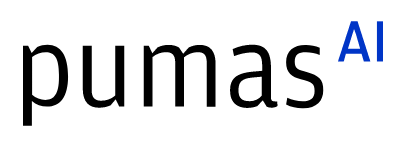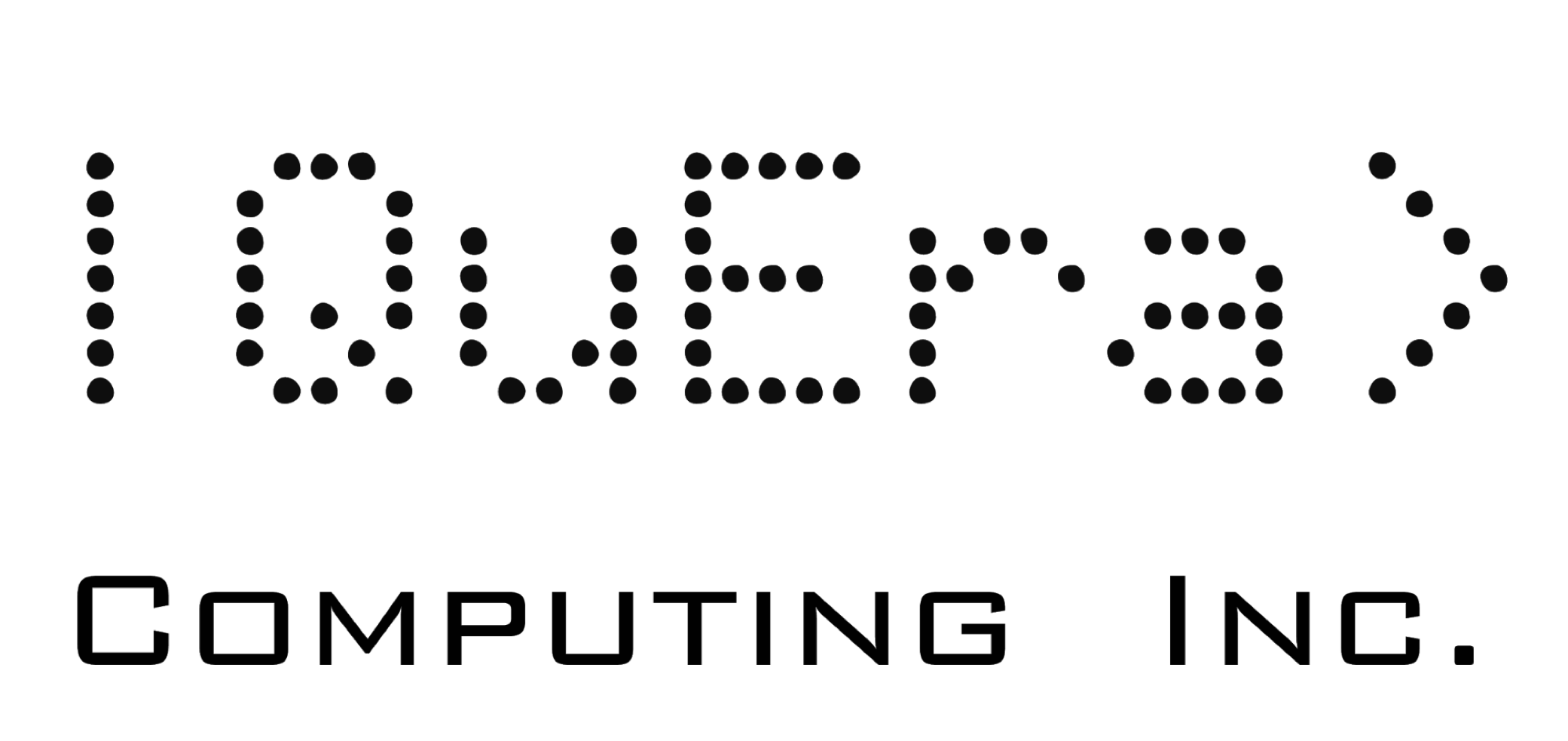Teaching with Julia (my experience)
Abstract:
I am tenure at the University and I teach several courses of Computer Science. In this talk of 10 minutes I will teach how I will my use of Julia as a useful resource for teaching. In this talk I will introduce how I have used Pluto/PlutoSliderServer to explain concept and to allow students to check some implementations. Also, I show an online web for creating easily online quiz for Moodle. Finally, I have used it to prototype some algorithms that later the students should implement.
Description:
I am tenure at the University and I teach several courses of Computer Science. Some time ago I started to use Julia in my research, and more recently I have started to use it as a teaboth ching resource. In this talk I do not refer Julia as the programming language for students (they are last courses in which students can use whatever programming language they want), but as a resource to create tools to help me in the teaching.
In this regards, I have used Julia in three different approach, that I will quickly cover:
-
For explaining concepts, I have used Pluto notebooks to visualize them. Also, recently I have used PlutoSliderServer (as Pluto but without editing option) to allow students to check some calculations they have to do during their exercises. An example is https://mh.danimolina.net/ (in Spanish).
-
Due to the pandemic period, the use of online tests in Moodle has increased a lot. There are several formats to create them, but they are not intuitive enough for non-technical people. In order to solve that, I have created an online web to create easily the online quiz for Moodle (https://pradofacil.danimolina.net/, in Spanish), with a simple syntax that people from different background can easily use it.
-
Finally, in some courses student must implement several algorithms. In order to identify the best parameter values, and to identify the best approaches to implements them, I previously solve them in Julia. Also, it has serve me to predict how much computational time they will require. In my experience, although some specific implementation in C++ is faster, the average implementations takes similar time than using Julia. Many implementations are slower than my Julia implementation, due to some developing decisions.
I consider this talk could be interesting for audience due to the following reasons:
-
It gives a very general view of the possibilities of Julia as a teaching resource.
-
It can be useful for other teachers giving ideas of integrating Julia in their portfolio.
-
It shows my personal experience, and the feedback obtained.
I will be able to prepare the talk both in English and in Spanish. If it is accepted I will create an English version of the shown resources.
Platinum sponsors



Gold sponsors


Silver sponsors








Media partners



Community partners


Fiscal Sponsor
